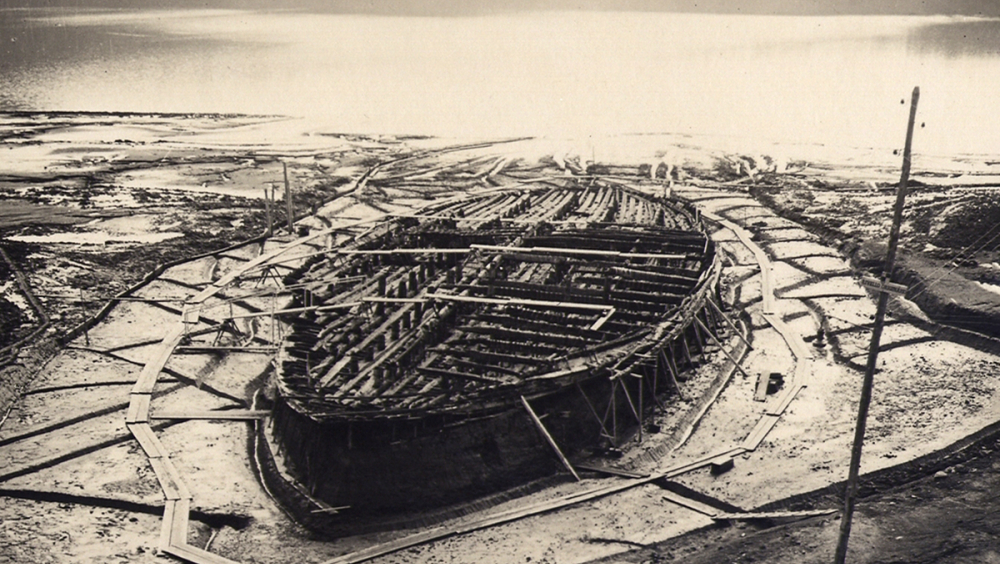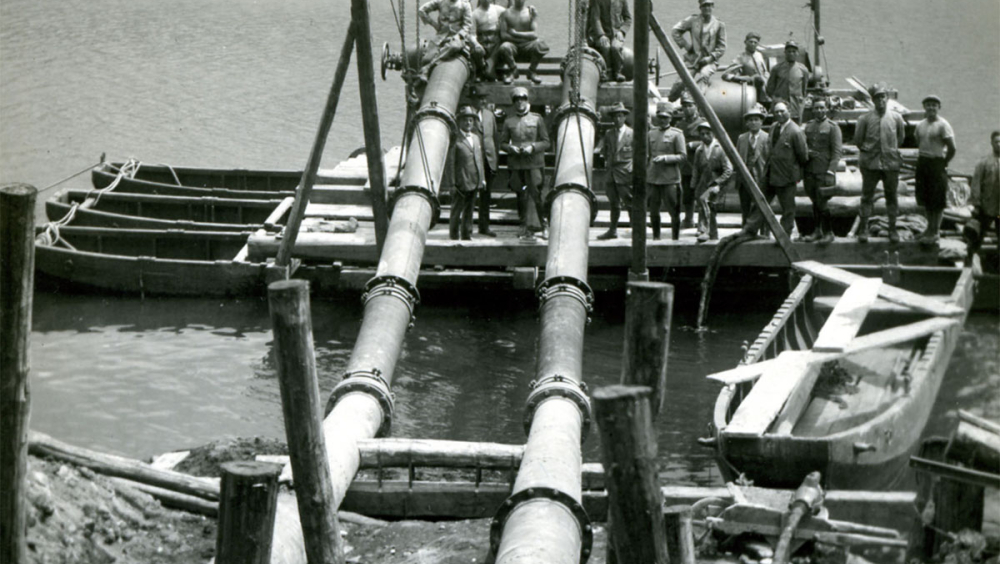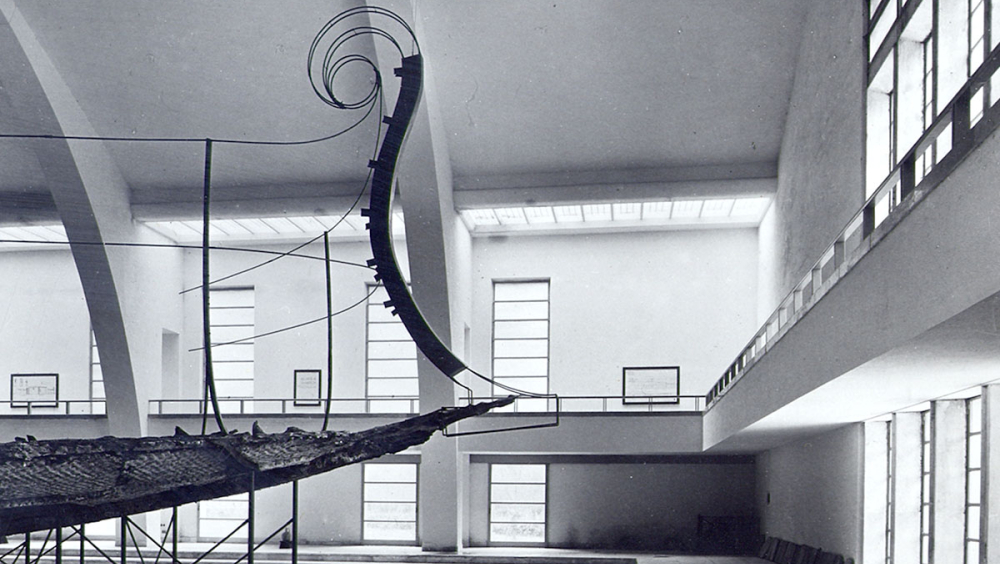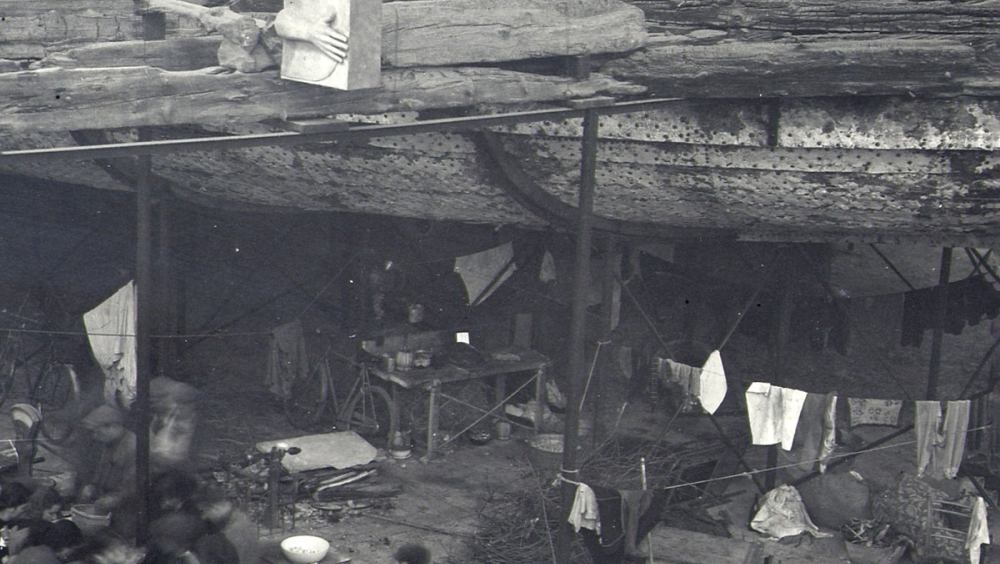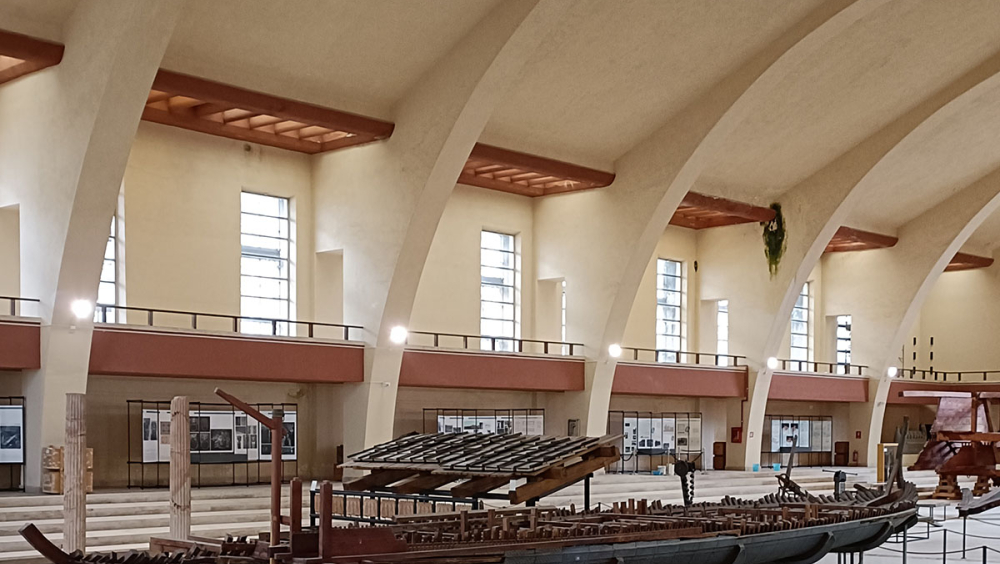300 Years of Straw Hat Making in Slovenia
Having been founded along one of the most important roads connecting the Danubian region with the Mediterranean since the Roman epoch, the greater area of Domžale City is the very place where straw hat manufacturing began. It subsequently spread from the Ihan town to the neighboring localities by the end of the 17th century, achieving its peak of industrial success at the start of the 19th century. By this time, Domžale had already become the European center of the straw hat industry. The knowledge of this craft is said to have originated from the town of Ihan where one of its residents who had served in Austrian army picked up the skill in making straw hats while deployed in Florence, Italy. He then shared this know-how with his countrymen and as a result, the craft spread across the entire Brdo region. Large sections of the Kamnik County were soon knitting straw braids and plaiting them into straw hats over the winter, the quality of which greatly improved with time.
Previously, the Kamnik-Bistrica plain was mostly planted with wheat. The farmers grew wheat primarily for the grain, not for the straw needed for knitting, which use would come much later. By harvest time or shortly thereafter, the knitters gathered the straws that were most suitable for knitting. For the most part, they knitted with seven thin straws. They ironed the braid and wound it around the so-called "elbow" – a bent wooden piece – so many times that it would get to be 26.25 yards long, just the length needed for an average-size straw hat. The people initially produced the straw hats in their private homes, that is, from autumn until springtime. They made them manually, for their own use and for sale at the local markets, but in the 18th century, the straw hat manufacturing expanded considerably, becoming a very lucrative industry. The sale of straw hats was partially taken over by the peddlers from the towns of Kočevje and Bled who were later joined by the Tyrolians from the Defereggen Valley. By the mid-19th century, there were 12,000 people involved in the straw hat cottage industry that produced an average 800,000 straw hats annually. The products sold were not restricted to straw hats, but included braids and two-handle bags as well. Factory owners like Merkužič, Vodnik, Konič, Jelenc and others often participated at trade exhibitions in Klagenfurt, Graz and Ljubljana, where their straw hats received much praise and won awards. In the middle of 19th century, foreigners settled in the region of Domžale City and now only did they acquire basic knowledge of the craft but were also able to tap local resources, not to mention marry into wealthy families. With their entrepreneurial skills, modern organization and technology, the industry took off and significantly broadened its market base. Twenty-five big and small-scale straw hat plants were in operation in Domžale at the beginning of 20th century, which offered employment to about a thousand workers until the First World War. The demand of the Austrian-Hungarian monarchy for straw hats was sufficiently met by the production in Domžale itself. Exports were also made to other European countries and the USA, and Domžale factories had satellite branches in several cities, namely, Vienna, Prague, Linz, Budapest, Bratislava, Brn, Graz, Kronstadt, Bukarest, Wels, Florence and New York. In its heyday, the industry produced more than a million straw hats per year. After the First World War, new political and economic circumstances occasioned the demise of the straw hat factories for the following reasons: the decline of sales, new state borders, new custom duties, the emancipation of the branches, changes in the bank system, large indebtedness of the owners who invested in modernization and expansion drives, delay on the part of the owners in reviving their businesses, and the nationalization of the plants. The rapid decline continued with the onset of the economic crisis and the break of the Second World War. In 1939, there were only six trade workshops and three factories left in Domžale. The last factory in Domžale was Univerzale, which was shut down in 2003. Nonetheless, it is to be noted that the industry branched into other enterprises and thus has persisted to contribute to the further advancement of the city. The memories of the last 300 years of the straw hat factory, which have been woven into the lives of many families in Domžale and have touched just about every fabric of society, still endure. One can still see ubiquitous traces that highlight this fact: the buildings, posts and signage, the municipal coat-of-arms, the Slamnik (Straw Hat) gazette or even the Slamnikarska ulica (Straw Hat Street), and the activities of various associations. Efforts to pass on "the story of the straw hat" are expressed most vividly in the newly installed permanent exhibition, whose aim is to preserve and honor the memory of the factory in Domžale. A long-standing local initiative to present the heritage of straw hat making typical of the town and its surrounding areas was completed by the opening of the Straw Hat Museum in the centre of Domžale. The permanent exhibition, 300 Years of Straw Hat Making in Slovenia, is a vivid presentation disseminating knowledge and know-how, as well as raising and enhancing awareness about the domestic straw hat heritage. In this way, our heritage has been positioned on the map of European centres of the straw hat industry. The museum has become a meeting place for people who value the preserved heritage of straw hat making and who consider it to be a common and important element in the enhancement of local and national identities. In Domžale, buildings and areas remain that can tell stories about the making of straw hats. A thematic trail entitled A Walk around the Straw Hat Factories of Domžale has been created for that purpose. In Slovenia, this is a special and very popular interpretation of the urban heritage, designed as a story about the heritage of straw hat making. There are 12 points along the thematic trail, with the starting point at the Straw Hat Museum, which presents the Domžale straw hat heritage in more detail. A roundabout trail continues past a number of selected sites related to the straw hat factories, and their stories make up a mosaic of the history of straw hat making in Domžale. The past of the companies and buildings which no longer exist, or whose image and purpose have been changed, is recaptured by selected photographs. The factories and workshops that had a major influence on the image and history of the town, and which can still be identified in the area, are specifically presented. Despite the fact that the location of other smaller workshops – more than 30 in Domžale and its surrounding area – is also known, not all of them are included in the thematic trail. The walk is not designed as a map of straw hat making locations, but rather as a narrative of the changes in space through the story of factories – a story that may also be told during a roaming walk. The thematic trail is intended for the citizens of Domžale and for all visitors to the town, so that they may become familiar with its heritage, which is unique in Slovenia.
We see a great potential in connecting with other communities in Europe that preserve the traditional craftssmanship of straw. In this spirit, we hosted an international exhibtion of Sodai straw gardens (January – April 2025) – a Lithuanian tradition that is also inscribed on the Representative List of the Intangible Cultural Heritage of Humanity. A thematic trail entitled A Walk around the Straw Hat Factories of Domžale will be presented as a part of this year’s theme: heritage and architecture as a vivid reminder of the past that shaped us as a citizens of Domžale and as a means of connecting older generations that lived this story and younger ones who still benefit from it. As the trail runs through the centre of Domžale, it is also accessible to people with disabilities. We would love to connect with Straw Hat Museums in Italy, Romania, Switzerland and Estonia and create a wider map of how the knowledge of straw hat making spread across Europe or a wider thematic trail Follow the Trail of Straw Hat Craftsmanship. In order to preserve the knowledge, we are looking for new ways to engage young people. We would love to develop a mobile application for the thematic trail, featuring a more interactive presentation of former straw hat factories.
